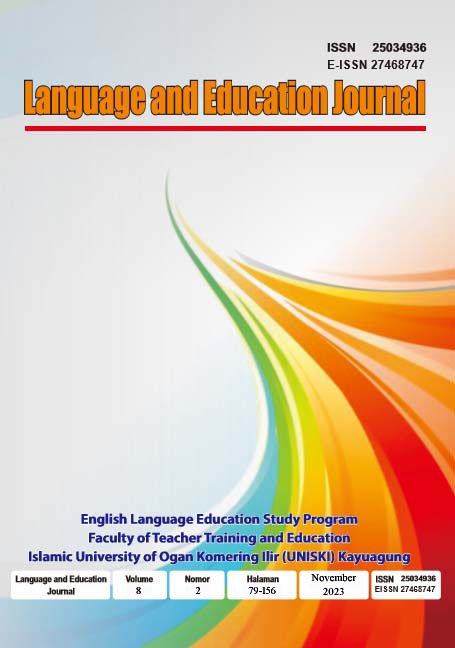BLOOM Vs BARRET: COMPARING READING COMPREHENSION TYPES
DOI:
https://doi.org/10.52237/65yywf85Keywords:
Reading Comprehension, Bloom's Taxonomy, Barrett's TaxonomyAbstract
This study was done to know the types of Bloom's Taxonomy and Barrett's Taxonomy used in reading comprehension questions of summative assessment made by an English teacher at SMAN 2 Semarang and the dominant type of each taxonomy used. This study was conducted using descriptive qualitative with content analysis research design because its research focused on analyzing reading comprehension inside a summative assessment made by an English teacher. This research focused on a passive observer who did not actively participate. The study aims to document findings. The data collected from the Bloom Taxonomy checklist revealed that the highest level of analysis (15) was predominant in all the reading comprehension questions. It was observed that the distribution of reading comprehension questions in the summative assessment was not spread evenly. The second dominant was the understanding level, with nine questions. Then, followed by applying the total question of 5. There are two remembering levels—the only questions related to evaluating. Even though the number of LOTS and HOTS questions are balanced, differences in results are shown by analysis using a checklist from Barrett's taxonomy. Low comprehension dominates with a percentage of 65,625%. Then, followed by medium comprehension with a portion of 31,25%. Unfortunately, high comprehension only has a portion of 3,125%. Hence, teachers should provide students with sufficient questions for evaluation grounded in HOTS to cultivate the essential critical thinking skills required for success in the twenty-first century









